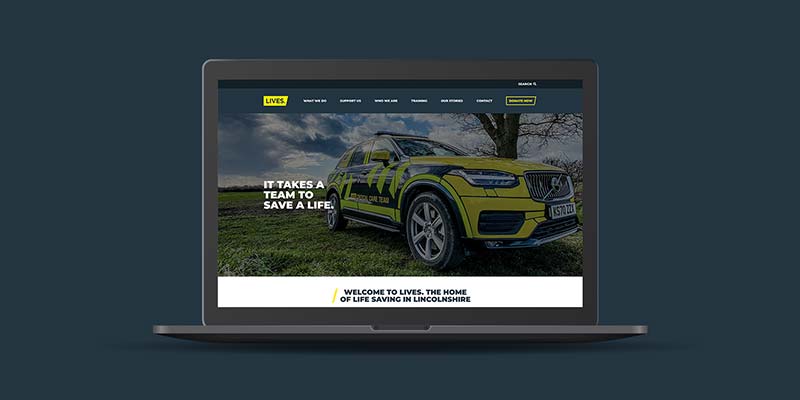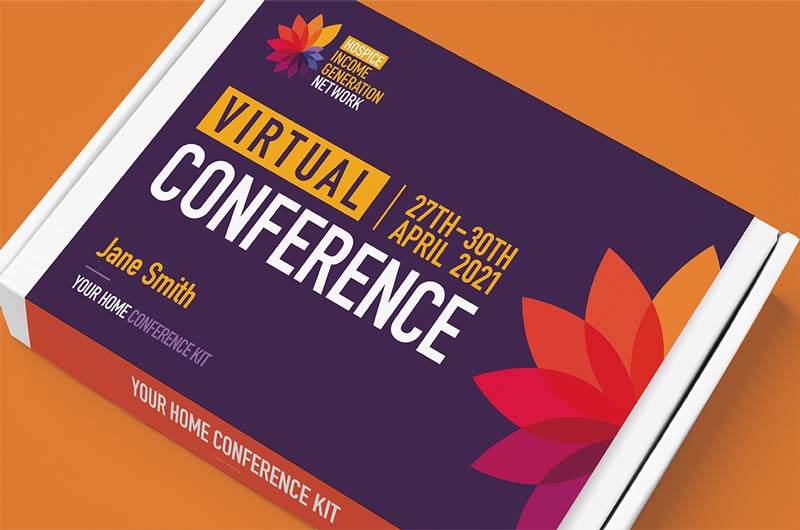Huge advances in technology over the past few decades have opened our eyes to the possibilities of digital marketing. As a result, many businesses have turned their backs on a more traditional physical marketing approach and instead focused on what they can achieve online.
However, physical marketing still provides an excellent channel through which to reach your audience, offer value and generate sales. For optimal results, it should be combined with digital marketing to create a well-rounded marketing strategy to optimise ROI.
Here we will explain both approaches, sharing both their advantages and disadvantages.
What are digital marketing assets?
Digital marketing assets are anything that you own online that can help make your digital marketing campaigns effective. This includes everything from your business website, blog posts and social media profiles right the way through to data, images, audio, video, and digital brochures.

Pros of digital marketing. . .
1. You can get immediate feedback
With many forms of digital marketing, you can see what your audience thinks of your marketing efforts almost immediately. This allows you to engage directly with your customers and get extra feedback that allows you to tweak your campaigns for maximum impact.
2. It’s easier to measure
Thanks to advanced digital marketing tracking, you can gain exceptional insight into your customer behaviour so you can optimise your next digital marketing campaign.
3. It allows you to target your customers more precisely
Digital marketing tools allow you to drill down to the precise needs and wants of your ideal customer demographic and provide them with perfectly tailored content.
Cons of digital marketing. . .
1. Many customers already suffer from digital marketing fatigue
Most of us click past those annoying YouTube adverts or ignore those sponsored posts without giving them a second thought. We filter them out so we can go on enjoying our friends’ posts or that video we’re keen to watch. If you’re marketing your business, it can result in lower ROI and less engagement.
2. It’s less permanent
Digital marketing assets are temporary and easy to ignore. Customers can simply click away from the ad, close the banner, and ignore that promotional email if they want to.
3. It’s a high paced world
Digital marketing is constantly evolving and advancing at a rapid rate. This means that for best results, you need an expert who understands the current digital space and can provide your business with results. Discover more about our digital marketing services here.
What are physical marketing assets?
On the flip side, physical marketing assets are anything that someone can hold in their hand that promotes your organisation. This can include brochures or catalogues, print campaigns, sales letters, direct mailings, leaflet drops, educational materials, and even branded merchandise such as pens and calendars.
This style of marketing is also known as ‘traditional marketing’ as in the past, it was one of the only ways to promote products and services or spread ideas (until television and radio advertising appeared).
The good news is that physical marketing has advanced significantly since the days of junk mail. These days it is highly targeted, adds value to the customer experience and can often leave a longer lasting impression than digital adverts. It’s not about sending flyers through the letterbox of every household in a particular postcode and then crossing your fingers and hoping that someone will make a purchase. It’s about tailoring design and content so that it makes a tangible impact. Something that Ruddocks has a demonstrable track record in doing effectively.

Pros of physical marketing...
1. It has an impact
When you use physical marketing materials, you’re more likely to engage with your target audience and encourage them to buy. You’ll break through that digital advertising feature and be more likely to capture their attention.
2. It’s more permanent
Printed marketing materials and physical assets are more permanent than digital assets. They will be there until they’re ready to be recycled or disposed of, and until that time, they are ready to make an impact.
3. It can be cost-effective
Many items such as catalogues and brochures are kept for long periods for reference purposes or future purchases. This means you will get a better ROI than with a digital marketing asset as the material continues to pay for itself.
4. It’s more memorable
Numerous studies say that you’re more likely to retain information if you read from a physical item like a book or printed document, instead of a screen. This is excellent if you want to boost brand awareness and build customer loyalty.
Cons of physical marketing...
1. It can be more expensive
Many forms of traditional marketing can be more expensive than digital channels, especially if you’re looking to raise awareness, instead of engaging your existing client base. This can be an issue if you’re a start-up with limited funds.
2. It can be more difficult to measure
These days, we can use tools such as brand trackers to measure the results of our traditional marketing campaigns. However, these aren’t as in-depth or intelligent as the tools we have for digital marketing.
3. You can’t interact directly with your customer
With social media marketing and many email campaigns, you can immediately see your audience’s reaction to your marketing via their likes, clicks and comments. This isn’t possible with physical marketing.
In summary: Digital vs physical marketing - which is best?
Given the pros and cons of each marketing approach, many of our customers want to know which they should choose to effectively promote their business. Unfortunately, there is no straightforward answer. Your marketing strategy should be designed with the needs of your unique organisation, your target customer, and your budget.
The goal should always be to improve user experience (UX), so it is both meaningful and relevant to your target demographic. It should also cater for all preferences and learning styles within a training setting. In short, it’s easier to engage some customers, delegates or learners with the tactility of physical collateral and training materials, whilst others prefer an audio-visual approach or a mixture of both.
Why choose Ruddocks as your pre-media partner?
When it comes to complex, multi-channel projects, it’s rare to find an agency that can do everything under one roof. Ruddocks proudly provides a fully integrated marketing solution that includes both digital and print marketing solutions. Over and above that though, we work closely with a roster of carefully selected creative delivery partners who specialise in areas outside of our core provision. That means that we’re able to harness a highly collaborative approach and bridge the gaps in provision often present at specialist agencies. You don’t need to take a chance on shopping around, you can enjoy the efficiency of dealing with one point of contact and rely on us to co-ordinate and deliver a full suite of services, ranging from bespoke illustration to online activation and everything in between.


